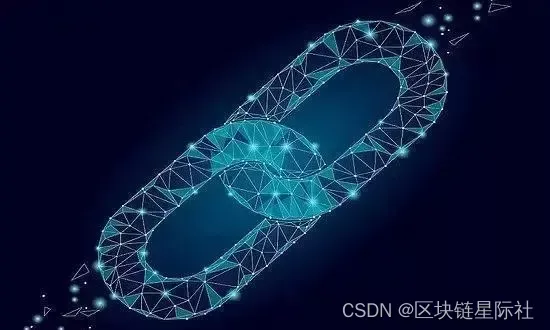The merger of Ethereum is a very hot topic in the current blockchain. As a phenomenal project in the blockchain, every move of Ethereum has attracted the attention of many people, including some government officials.

Recently, the U.S. Department of Treasury’s Office of Foreign Assets has included some centralized Ethereum addresses on the sanctions list. At the time of the upgrade and merger of Ethereum, people began to pay attention to the official supervision of Ethereum by the United States. .
Due to the decentralized nature of Ethereum's underlying blockchain, it is difficult to implement supervision. Therefore, people predict that if official supervision intervenes, it is likely to start with the upgraded PoS proof of Ethereum. “Targeted sanctions” against on-chain addresses by censoring the transactions of large PoS staking service providers. That is to monitor all the requests sent by the sanctioned address, reject it to produce blocks on the blockchain, so as to achieve the purpose of sanctions, and also prevent the verifier from being punished.

In addition to the regulatory issues that may be faced, there may be some problems in the structure of Ethereum after the merger.
Change of block generation time: In the original PoW proof of Ethereum, the block generation time will have a certain difference due to network congestion. The average block generation time calculated through a large amount of data is about 13 seconds, and the PoS adopted after the merger It is fixed every 12 seconds. After the merger, the block generation speed was increased by about 1 second, which accelerated the transaction efficiency. However, in the original Ethereum smart contract, there is some operation logic associated with the average block generation time. When the time changes, this logic will also change, and there are many careless developers. Forgotten details lead to errors in the final transaction results.

Changes in the block structure: The upgraded Ethereum will separate the original beacon chain in the block, replace the consensus layer in the original PoW, and become part of the new PoS consensus layer. This change allows Ethereum to communicate with the execution engine by the beacon node when performing consensus verification, so as to generate the information required for verification. It may also make some developers wrong about the execution logic.
Changes in the execution engine: After the transformation of Ethereum into PoS, its execution engine has also changed to a certain extent, mainly because it will no longer perform consensus-related operations after the upgrade. Specifically, it includes modifying the data fields of some blocks such as uncle block rewards in the original PoW; stopping processing the original block and uncle block rewards, but using the merged beacon chain to generate blocks; executing The engine stops broadcasting blocks, and uses the P2P network for broadcasting, etc.